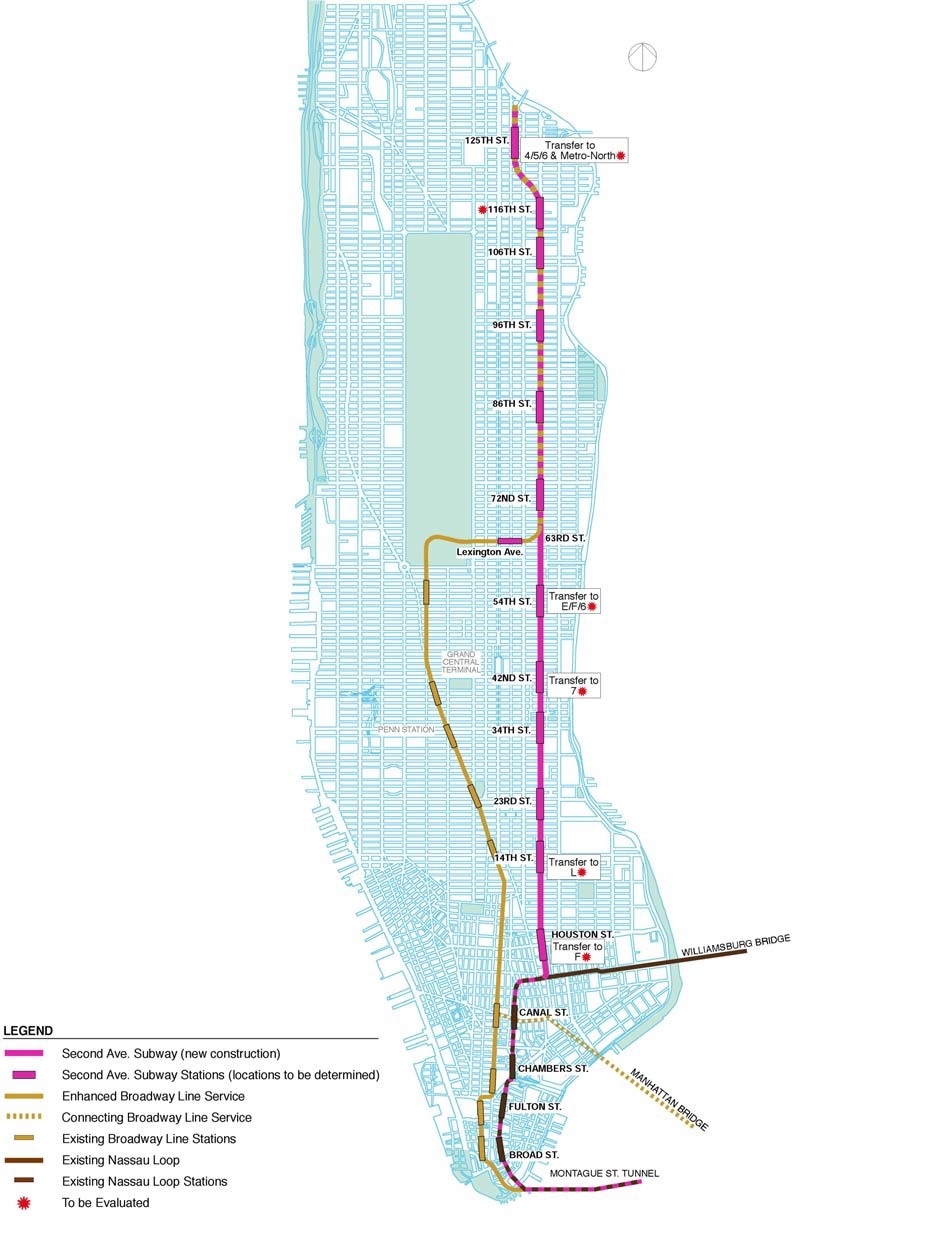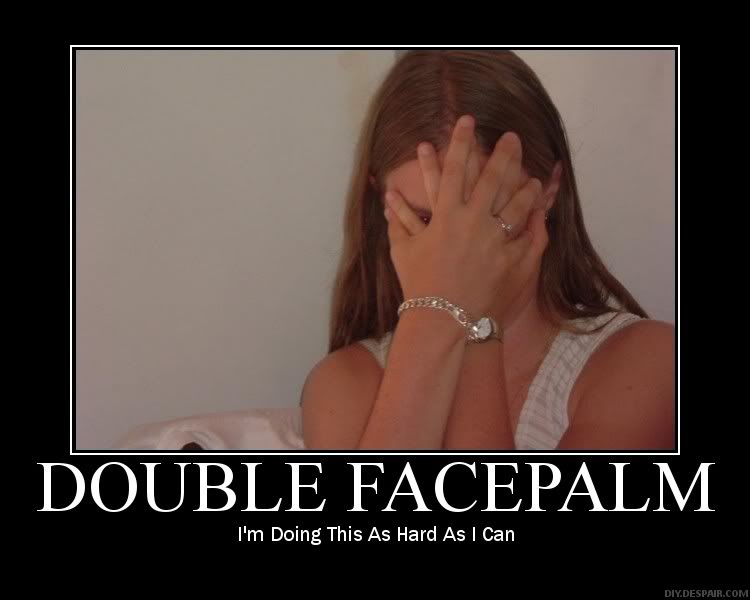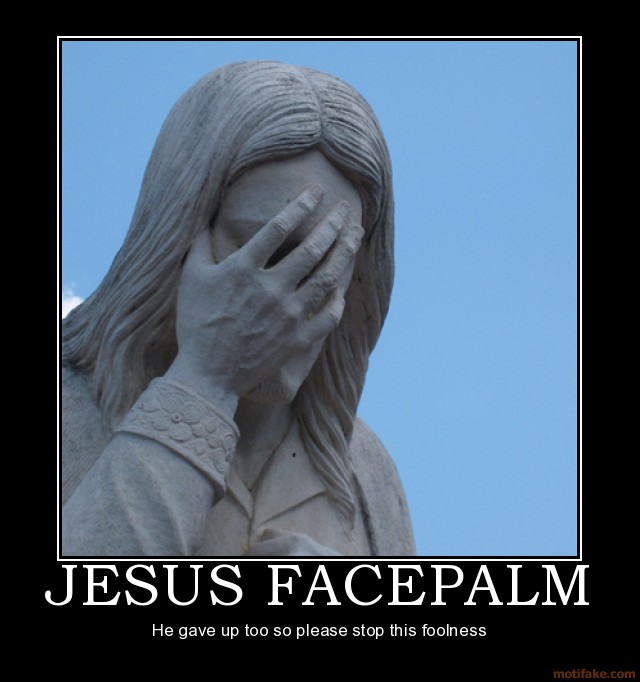-
Posts
4,586 -
Joined
-
Last visited
Content Type
Profiles
Forums
Gallery
Downloads
Events
Blogs
Posts posted by Roadcruiser1
-
-
Some Ragtime this afternoon. Listening to "Oh You Beautiful Doll"..........
0 -
I just realized the study map has an error. Since Houston Street is east of Bowery it would be required for the
 to stop at Bowery. Hopefully as part of the plan a transfer can be built between Grand Street and Bowery...........0
to stop at Bowery. Hopefully as part of the plan a transfer can be built between Grand Street and Bowery...........0 -
Scanned a copy of the PDF. Credits to the
 ..........
.......... 2
2 -
With all this talk of connecting the SAS to Nassau, one thing has not been brought up-Engineering. How is this to happen? Its not just platform lengths thats the issue, its also connecting the tunnels. Where would this happen? What kind of soil would have to be dug thru? at what depth? What about surrounding building foundations and utilities? To me, this sounds as expensive and lengthy as deep boring a new modern tunnel.
Just read the PDF.......... http://www.mta.info/capconstr/sas/documents/final_summary_report.pdf
0 -
I think a better input is to build the never built IND Queens Boulevard Super Express from the 60's. That would work out better than the idea you are proposing..........
0 -
Actually Wallyhorse your idea will not work as the
 has pointed out that a Nassau Street Connection is next to impossible. The soil problem makes it impossible. Page 22 of this PDF.
has pointed out that a Nassau Street Connection is next to impossible. The soil problem makes it impossible. Page 22 of this PDF. http://www.mta.info/capconstr/sas/documents/final_summary_report.pdf
0 -
In regards to that F line connection. First of all. The 2nd Avenue station for the F is directly under Houston Street and the 2nd Avenue line will run down 2nd Avenue under that station. That connection is already defeated by the existence of the 2nd Avenue F station.
In regards to yard access. The line will have access to Jamaica Yard in Queens via the 63rd Street connection from downtown. No matter what it will have access to 207th because 63rd allows for a variety of moves to get the equipment there. The plan calls for building storage tracks/tail tracks below Hanover Square and at 125th Street. The existing portion in Chinatown near Pell St will be used as storage tracks. The plans calls for exploring storage tracks between 21st and 9th streets. So that's well covered.
As for the line itself. It will have what probably can be considered to be the largest number of transfers/connections of any single line in all of Manhattan. 125th-4/5/6, 63rd-F, 55th-E/M, 42nd-4/5/6/7/S, 14th-L, Houston-F, Grand-B/D, (This one is debatable at the moment) Seaport-2/3/4/5/A/C/J/Z. That's a lot of connections to Brooklyn. Having the line physically go there would be nice but it's kind of overstated.
Well you could still technically have a connection to the
 from the Second Avenue Subway can't you?0
from the Second Avenue Subway can't you?0 -
I'm not going to lie here, I actually kind of like that idea of sending the
 along Culver. Then who knows, you might even see that Culver Express come back
along Culver. Then who knows, you might even see that Culver Express come back  . They were fixing up the tracks on the viaduct, no? But nice suggestion Roadcrusier, even though this is probably never going to happen, I really think it is a pretty good idea. Maybe if this came through you could use the Culver as some sort of rush hour service.
. They were fixing up the tracks on the viaduct, no? But nice suggestion Roadcrusier, even though this is probably never going to happen, I really think it is a pretty good idea. Maybe if this came through you could use the Culver as some sort of rush hour service.But then again, like I said about building a 2 Av - Manhattan Bridge connection, is the demand on Culver high enough for not only normal service, but in another case, rush hour, to have the
 going down there? Remember 2 Av is a pretty quiet place, and the only reason the line is there is to ease off the heavy crowding on Lexington.
going down there? Remember 2 Av is a pretty quiet place, and the only reason the line is there is to ease off the heavy crowding on Lexington.Well if it's going to cross the Manhattan Bridge doesn't it defeat the purpose too??????????
0 -
I didn't say anything about you saying it wouldn't be built. I focused on why plans were drawn without any focus towards making any Brooklyn connections hence me saying the purpose is to relieve the Lexington Avenue line. Brooklyn has many options and they left it at that during the planning.
Still it won't be a bad idea to build a connection to the Houston Street Station on the
 line....0
line....0 -
Horse just needs some of these. Afterwards he will be good....
 0
0 -
Which would defeat the purpose of the Second Avenue line. To relieve congestion on Lexington Avenue line by traveling all the way down to the financial district. The reason there is little focus on Brooklyn with this line is because Brooklyn has a plethora of options. Far East Manhattan does not.
I didn't say that Phase 4 won't be built. It can be built later.
0 -
I don't see a Second Avenue Subway connection to the Manhattan Bridge as possible. The services on the bridge are working just fine and it would congest the tracks on the bridge. A better idea which I have mentioned before to connect the
 to Brooklyn is just to axe Phase 4 or to build it later on and to connect the
to Brooklyn is just to axe Phase 4 or to build it later on and to connect the  to Houston Street on the
to Houston Street on the  line. That way the
line. That way the  can run onto the Culver Line via the Rutgers Street tunnel.0
can run onto the Culver Line via the Rutgers Street tunnel.0 -
Bee Gees Staying Alive (1977)....
1 -
It was really done to drive home the point that it won't be for some time to come before ANY changes are made along the 8th Avenue line, and if there are, it won't be until the new Hudson Yards buildings open in a few years at the earliest, something people missed.
Please stop....
 5
5 -
Thanks guys for answering my question. I always found it weird that the World Trade Center station ended at an angle which oriented it in the direction of Brooklyn. It didn't look like it was meant to be a terminal. The only other line that terminates in Lower Manhattan is the
 and I get that excuse because of the South Ferry loop.0
and I get that excuse because of the South Ferry loop.0 -
I mean, the current station doesn't have tail tracks of any kind, so it'd be extremely disruptive to extend it. Not to mention the Cortlandt
 station isn't that far down the street, so any train tunnel would have to negotiate around that. It's doubtful.
station isn't that far down the street, so any train tunnel would have to negotiate around that. It's doubtful.If they had planned for such a thing, then they would've built either the approach to WTC or the station itself on a slight downward slope, as the
 and
and  do right next to it. The descent to the river bottom has to start somewhere, especially given the extremely complex web of lines that exist Downtown.
do right next to it. The descent to the river bottom has to start somewhere, especially given the extremely complex web of lines that exist Downtown.I wasn't really thinking about extending the
 . I just wanted to know if the WTC Station was meant to be a terminal. Thanks for answering my question though.0
. I just wanted to know if the WTC Station was meant to be a terminal. Thanks for answering my question though.0 -
Out of curiosity was the World Trade Center station for the
 ever supposed to be a terminal station?0
ever supposed to be a terminal station?0 -
Q90 Sometimes your better off not posting subway threads...To many subway experts waiting to shut your idea down..lol
When ideas are stupid they will be shot down. If you can't take the heat then stay out of the f**king kitchen. Idiot....
0 -
I don't think you'll see any changes for now. I suspect you will see some changes as the new buildings on the Hudson Yards go up and are actually operational in a few years.
That would be when I would be looking to do a move of the
 to the Culver line after West 4th, running with the
to the Culver line after West 4th, running with the  with the
with the  (as a Culver Local) shortened to Church Avenue and the
(as a Culver Local) shortened to Church Avenue and the  (as a Culver express) replacing it to Coney Island (except overnights, when the
(as a Culver express) replacing it to Coney Island (except overnights, when the  would run as it does now) while the
would run as it does now) while the  replaces the
replaces the  as a local in Brooklyn to Euclid (though some
as a local in Brooklyn to Euclid (though some  's would run to Chambers as they do now to avoid capacity issues in rush hours and overnights would be extended to Lefferts to replace the overnight shuttle) with a 2-5 TPH supplemental
's would run to Chambers as they do now to avoid capacity issues in rush hours and overnights would be extended to Lefferts to replace the overnight shuttle) with a 2-5 TPH supplemental  line replicating the old (AA) between Chambers and 168th for those in lower Manhattan looking for the upper west side local stations (weekends, the
line replicating the old (AA) between Chambers and 168th for those in lower Manhattan looking for the upper west side local stations (weekends, the  would be a 2-6 TPH line since the
would be a 2-6 TPH line since the  does not run then).
does not run then).By the times those buildings in the Hudson Yards go up, I suspect you will see a demand for 8th Avenue service from the Culver line as some companies are already as I understand it committed to moving there when those buildings open, with an increased demand overall for 8th Avenue service. By then, hopefully there will be enough subway cars available to handle such.
 0
0 -
None of his ideas are possible because there isn't enough room in the tunnels underneath the East River to handle more train service. That is unless if the
 drilled more tunnels underneath the East River which isn't going to happen because the
drilled more tunnels underneath the East River which isn't going to happen because the  is broke and can't pull money out of thin air.0
is broke and can't pull money out of thin air.0 -
I was thinking the
 , but yeah, that's feasible too...
, but yeah, that's feasible too...Sarcasm: Or we could just extend the
 and
and  to London, England.
to London, England.  0
0 -
The only fantasy plan I have EVER really reasonably expected to see actually happen is extending the
 one stop to Burke Ave-White Plains Rd, and building an in-system transfer to the
one stop to Burke Ave-White Plains Rd, and building an in-system transfer to the  .That tunnel is already built halfway there with the relay tracks, and Burke could be a real terminal, no more relays, no more crew changes at Bedford Park. Plus that extension from 205 to Burke provides a connection between the two neighborhoods which are otherwise separated by the Bronx River. So much practicality there......
.That tunnel is already built halfway there with the relay tracks, and Burke could be a real terminal, no more relays, no more crew changes at Bedford Park. Plus that extension from 205 to Burke provides a connection between the two neighborhoods which are otherwise separated by the Bronx River. So much practicality there......Extending it to Co-Op City is overkill. That would be like trying to build another SAS.
Extension to Co Op City isn't a far fetched idea for the
 . It was a proposal from the IND Second System. It also called for the Second Avenue Subway to be extended up Third Avenue in the Bronx and to meet up with the
. It was a proposal from the IND Second System. It also called for the Second Avenue Subway to be extended up Third Avenue in the Bronx and to meet up with the  somewhere north of Norwood 205th Street where both the
somewhere north of Norwood 205th Street where both the  and the planned Second Avenue Subway service would have moved on to Co Op City. Of course it wasn't built due to the Great Depression and the arrival of the automobile, but you get the idea.0
and the planned Second Avenue Subway service would have moved on to Co Op City. Of course it wasn't built due to the Great Depression and the arrival of the automobile, but you get the idea.0 -
Or maybe even something more logical like a reactivation of the Rockaway Beach Branch to have a second service run to the Rockaways, but there was not thought.
0 -
Hey. Foamers do what foamers do. Come up with sh*t that doesn't work and expects it to work. It's lunacy.
3



Second Avenue Subway Discussion
in New York City Subway
Posted
It would be but it's better if the ran to Brooklyn instead..........
ran to Brooklyn instead..........